Geumma Reservoir (금마저수지)
8.2Km 2024-04-07
Donggodo-ri, Geumma-myeon, Iksan-si, Jeonbuk-do
+82-63-859-3818
Looking towards the south from the top of Mireuksan Mountain, one can see Geumma Reservoir. The reservoir is shaped like the Korean peninsula. Hence it is also referred to as Jido Yeonmot, or Map Pond. The terrain is especially beautiful when viewing it through the fog in the early mornings.
The water comes from Mireuksan Mountain, ensuring a steady supply of water throughout the year. There are no factories or other contaminants nearby so the water quality is of the highest grade. Near the reservoir, one can find Seodong Park and Mahan Hall. Seodong Park is a sculpture park displaying various sculptures such as a bronze statue of Baekje’s King Muwang of Baekje and a statue of Seodong’s Princess Seonhwa. Mahan Hall showcases the lifestyle and culture of Mahan, a tribal confederation during the Samhan period. The park also features various facilities such as an observatory, fishing spot and a promenade.
Seodong Park (서동공원)
8.2Km 2024-04-07
41-14, Godo 9-gil, Geumma-myeon, Iksan-si, Jeonbuk-do
+82-63-859-3818
Built alongside the Geumma Reservoir, Seodong Park traces its origins to ancient records from the 600 AD with historical figures (Princess Seonhwa and Seodong, King Mu). More than 100 works of art can be found in the park, including twelve Chinese zodiac animal statues and sculptures of Princess Seonhwa and Seodong. The central plaza features a statue of King Mu, and various amenities such as the Mahan Museum, a children's forest playground, a picnic area, a fountain, and a riverside plaza enrich the experience for visitors.
Iksan Safety Experience Training Center (KOSHA) (익산 안전체험장(안전보건공단))
8.4Km 2025-07-30
127-49 Iksan-daero 78-gil, Hamyeol-eup, Iksan-si, Jeonbuk-do
Iksan Safety Experience Training Center is a safety training facility founded to raise public awareness on safety prevention and management, covering a wide variety of safety hazards that can occur in the everyday or workplace environment through fun and interactive content. The center uses VR and smart technology to simulate real-life emergency situations to educate the public on how to prevent and handle hazardous situations. It has 50 interactive content overall, spread out among six different themed halls. The training center is open to visitors of all ages for free.
Wanju Samrye Culture & Arts Village (완주 삼례문화예술촌)
9.6Km 2024-04-07
81-13, Samnyeyeok-ro, Wanju-gun, Jeonbuk-do
+82-63-290-3862
Samrye Culture & Arts Village is an art village also referred to as "Samsamyeyemimi." Once used as a granary and an official residence during the Japanese administration, it has now become a village of art. The village consists of Design Museum, Visual Media Art Gallery, Kim Sang-rym Carpentry Shop (Wood Works), and Book Museum and offers a variety of programs during exhibition events and art festivals.
Wanju Samrye Strawberry Festival (완주삼례딸기대축제)
9.9Km 2025-03-07
42 Donghak-ro, Samnye-eup, Wanju-gun, Jeonbuk-do
Samrye Nonghyup: +82-63-291-2711 Wanju Foundation for Arts & Culture: +82-63-262-3955
The Wanju Samrye Strawberry Festival offers visitors fresh and delicious strawberries, lively performances, engaging events, and various hands-on experience programs. The festival is a great opportunity to create unforgettable memories with friends, families, and loved ones.
Wanggung Dawon (왕궁다원)
10.3Km 2024-04-07
21-5 Sagok-gil, Wanggung-myeon, Iksan-si, Jeonbuk-do
Wanggung Dawon is a hanok café built in the 1800s. It was once the residence of Song Byungwoo, a rich person in the region, and has been operating as a traditional tea house since 2008, preserving the charm of the old hanok. The café offers a wide variety of teas, with the signature menu item being ssanghwatang (herbal tonic tea), a traditional Korean beverage. Ssanghwatang is made with ingredients such as jujube, ginseng, and chestnuts, known for its warming properties.
Bibinakan (비비낙안)
10.4Km 2025-11-06
26 Bibijeong-gil, Samnye-eup, Wanju-gun, Jeonbuk-do
Climbing the steep stairs leading to Bibinakan affords one a view of the open lawn and view of the cafe where BTS members sat comfortably. The scenery of Wanju and the leisurely flow of the Mangyeonggang River as well as downtown Jeonju can be seen in a panoramic view without obstruction. Especially when the sun goes down, the sunset over the river is spectacular scenery.
◎ Travel information to meet Hallyu’s charm
Bibinakan, along with Oseongje Reservoir and Awon Museum and Hotel, is considered one of the refreshing spots in Wanju favored by BTS members. While you enjoy healthy organic drinks and take in the panoramic views, you can understand why BTS chose this location.
Korea Expressway Corporation Arboretum (한국도로공사 전주수목원)
11.7Km 2025-07-22
462-45 Beonyeong-ro, Deokjin-gu, Jeonju-si, Jeonbuk-do
The Korea Expressway Corporation Arboretum is located in Jeonju and operated by Korea Expressway Corporation. The arboretum was opened to counterbalance the environmental damage caused by the construction of expressways. As such, the arboretum maintains and promotes the conservation of many beautiful flora from across the country.
Jeonju World Cup Stadium (전주월드컵경기장)
12.6Km 2024-04-07
1055, Girin-daero, Deokjin-gu, Jeonju-si, Jeonbuk-do
+82-63-239-2546
The Jeonju World Cup Stadium was built with tradition in mind as its roof and stands are designed with an image of traditional fan, the pillars in sotdae design and cables in 12 strings of gayageum.
Jeonju Bibimbap Festival (전주비빔밥축제)
12.7Km 2025-10-23
1055 Girin-daero, Deokjin-gu, Jeonju-si, Jeonbuk-do
+82-63-214-1365
The Jeonju Bibimbap Festival celebrates the taste and charm of one of Korea's representative foods in the city of it's origin, Jeonju. The city has been recognized by UNESCO as a City of Gastronomy, and the festival promotes this branding. Visitors to the festival can enjoy a variety of immersive programs, including hadns-on activities and performances centered on Jeonju bibimbap.
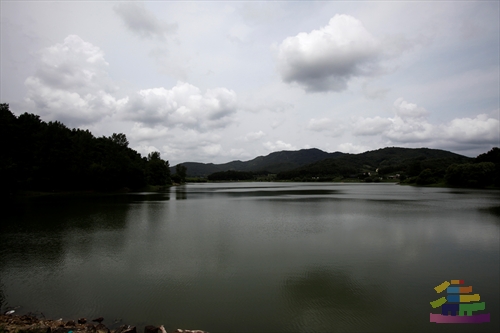
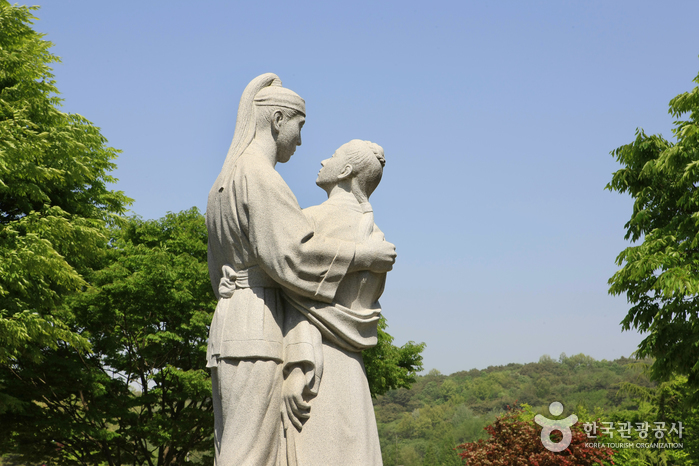
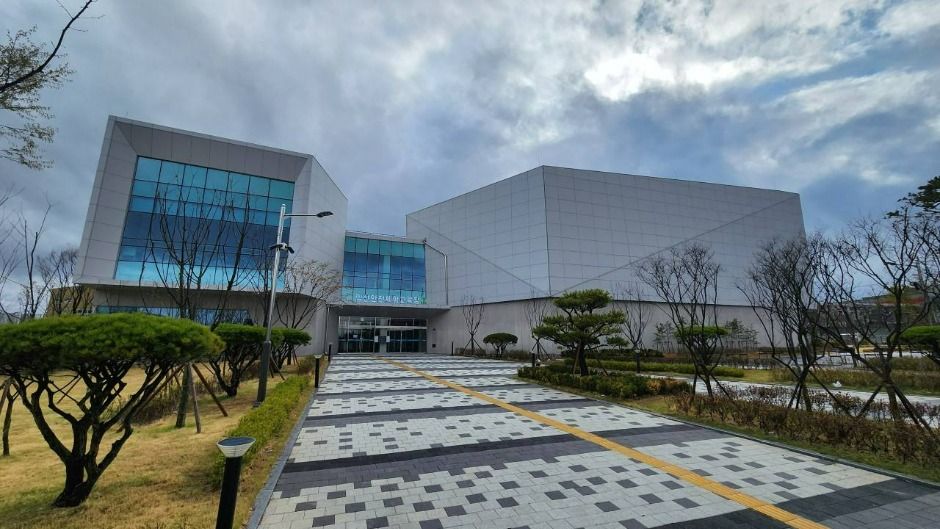

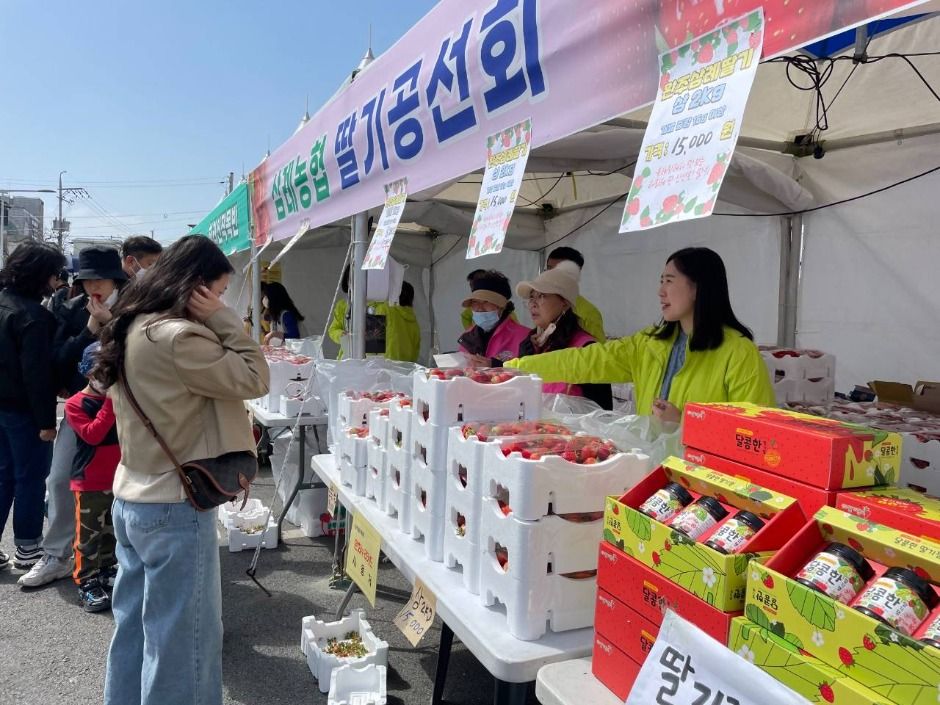
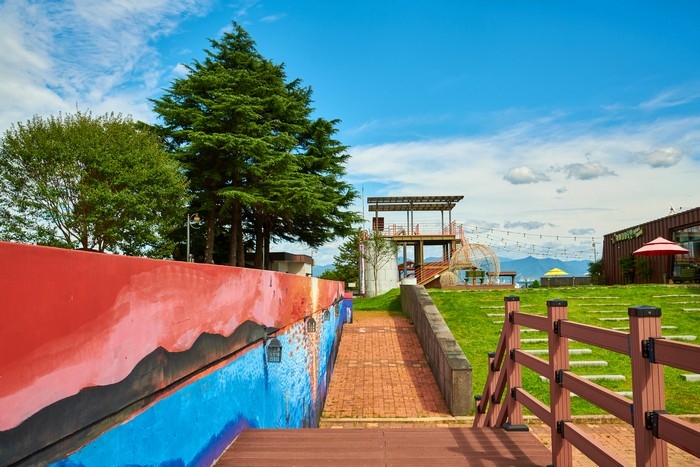
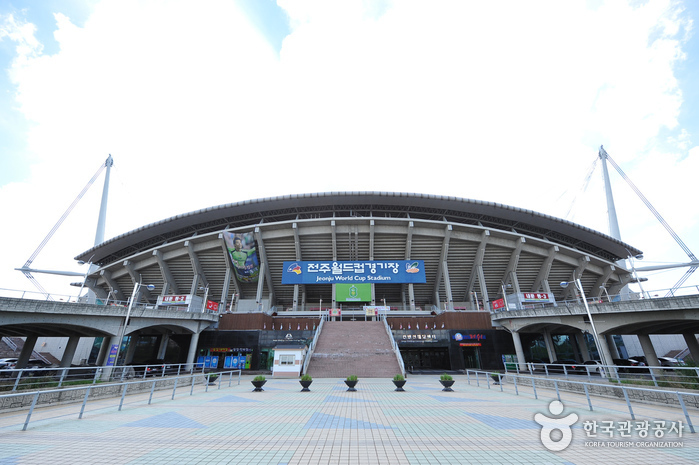
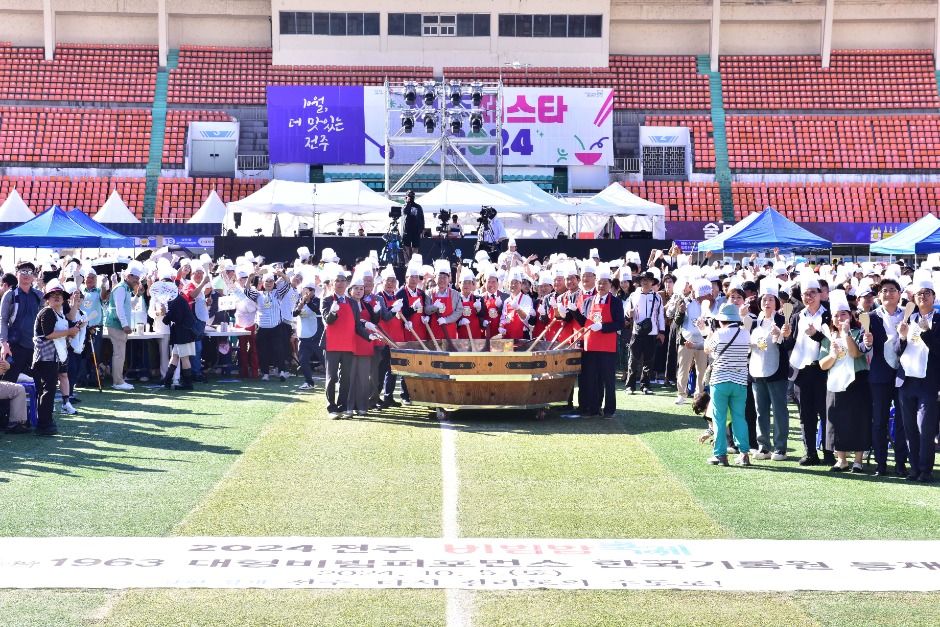
 English
English
 한국어
한국어 日本語
日本語 中文(简体)
中文(简体) Deutsch
Deutsch Français
Français Español
Español Русский
Русский